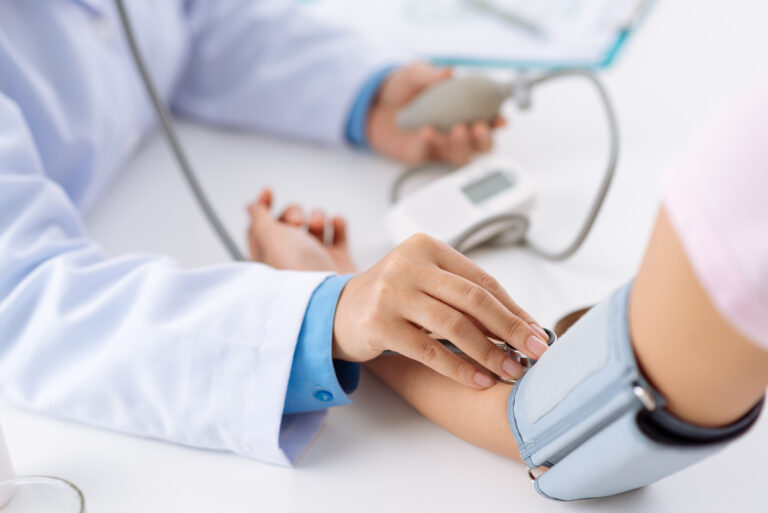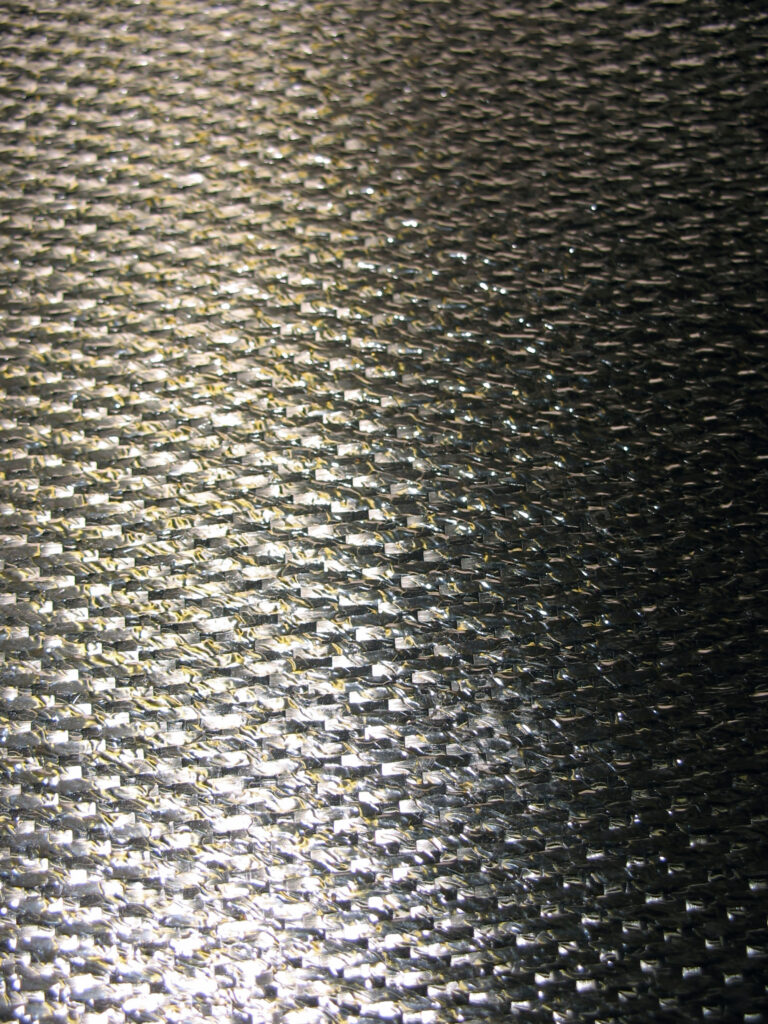Mold Exposure Symptoms: Are You at Risk? The Surprising Ways Mold Impacts Your Body
If you’ve ever experienced symptoms like coughing, sneezing or difficulty breathing in a damp or musty environment, it could be due to mold exposure. While some people may not experience any adverse effects from mold exposure, others can develop serious health problems over time. In this article, we will explore the common health effects of mold exposure and how to identify and prevent mold growth in your home.
Introduction to Mold Exposure Symptoms
Molds are fungi that grow in moist environments and thrive on organic materials such as wood, paper, and food. When these organisms multiply, they release spores into the air which can cause allergies, asthma attacks, and other respiratory issues. Additionally, certain types of mold produce mycotoxins, which are potent toxins that can have severe health consequences if ingested or inhaled.
Common Health Effects of Mold Exposure
The most common health effect associated with mold exposure is respiratory problems. People who are sensitive to mold may experience symptoms such as nasal stuffiness, runny nose, wheezing, and shortness of breath. Other potential health effects include skin rashes, eye irritation, headaches, fatigue, and digestive problems. Some studies suggest that long-term exposure to mold may also increase the risk of developing chronic obstructive pulmonary disease (COPD) and lung cancer.
How to Identify and Prevent Mold Growth in Your Home
To prevent mold growth in your home, it’s essential to control excess moisture levels. This means fixing leaks promptly, using exhaust fans when cooking or showering, and ensuring proper ventilation throughout the house. It’s also important to clean up any water damage immediately and dry out affected areas within 24-48 hours.
In addition to controlling moisture levels, there are several ways to identify and prevent mold growth in your home. Look for signs of visible mold growth on walls, ceilings, floors, or furniture. Musty odors can also indicate the presence of mold. If you suspect mold growth, conduct a thorough inspection of your home and take samples for testing.
Conclusion: Taking Action Against Mold-Related Health Risks
If you suspect mold exposure is causing health problems, consult with your doctor right away. They may recommend allergy tests or other diagnostic procedures to confirm a diagnosis. Once identified, mold removal should be conducted by professionals trained in safe mold remediation techniques.
Taking action against mold-related health risks involves identifying and addressing sources of mold growth in your home, seeking medical attention for suspected mold exposure symptoms, and taking steps to improve indoor air quality. By following these guidelines, you can protect yourself and your family from the negative health impacts of mold exposure.






